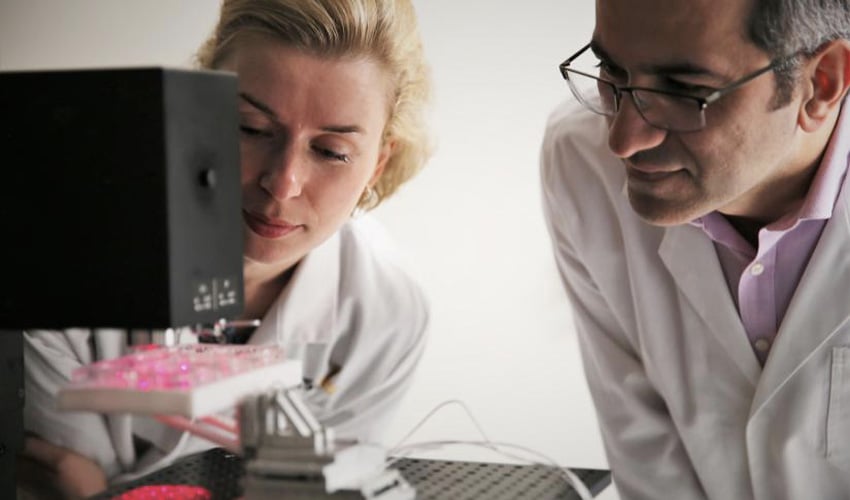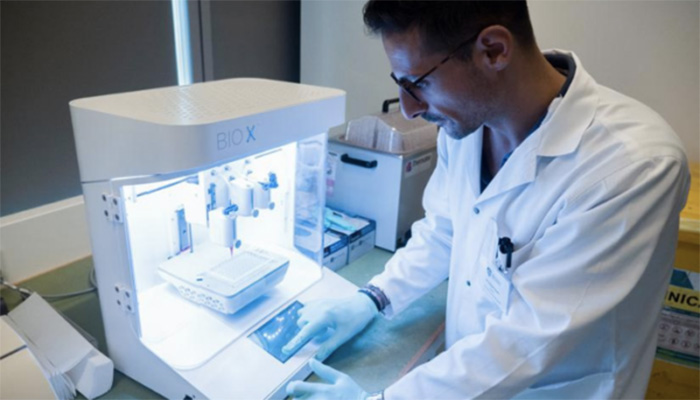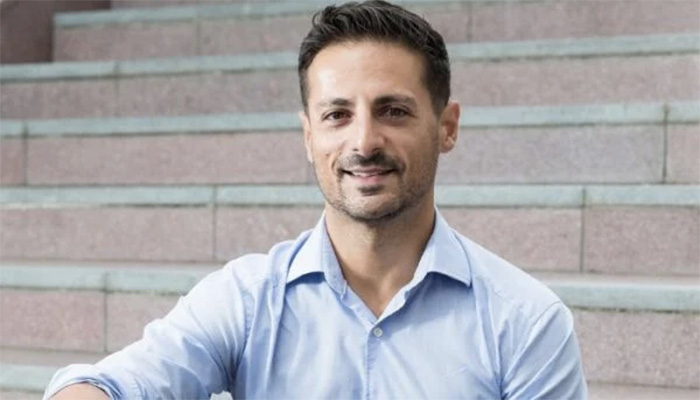3D Bioprinting to Help With Heart Transplant Efficiency

According to the World Health Organization, roughly 17.9 million lives are taken each year because of cardiovascular diseases (CVDs). In fact, they are the leading cause of death globally, . Heart transplantation, or heart grafting, is the most effective long-term treatment; however, it is associated with various complications. One of the major risks after transplantation is rejection, which can ultimately result in the death of the patient.
However, a team of researchers from the University of Technology Sydney (UTS) has made significant progress in reducing deaths caused by heart disease. They have achieved this feat by utilizing additive manufacturing to create human heart tissue using customized bio-ink, which is expected to minimize complications and the risk of rejection.

Rejection is avoided by using the body’s own stem cells (photo credits: UTS)
Head of the Cardiovascular Regeneration Group at UTS, Dr. Carmine Gentile, stated that they have developed a groundbreaking technology that enables them to 3D model and bioprint personalized hearts for transplantation using the patient’s own stem cells. As a result, there is no risk of rejection. The 3D-printed heart tissue, which is only half the size of a nail, has enormous potential. It can be used to regenerate damaged organs after a heart attack, and it can also eliminate the need for animal experimentation. The process begins with a scan of the entire heart to create a 3D model of the area that requires transplantation, and a heart patch that covers the damaged region is also modeled. The information is then used by the bioprinter to create beating heart tissue from the bioink that contains the patient’s stem cells.
The Development of 3D Bioprinting Technology
Dr. Gentile has been motivated by his interest in life, which began when he studied blood vessel mimicry after completing his pharmacy training in Pisa. He subsequently worked in bioprinting while in South Carolina and moved to Australia, where he was given the opportunity to establish his own research group. Since then, he has collaborated with surgeons, cardiologists, and the 3D bioprinting and pharmaceutical industries at UTS. “Our studies are driven by our passion and I am very pleased with the support my team at UTS has received,” said Gentiles, who expressed his satisfaction with his team’s progress and their commitment to advancing the field and making the technology widely available.

Dr. Carmine Gentile, head of the cardiovascular regeneration group at UTS (photo credits: UTS)
In any case, learn more about the cardiovascular regeneration group at UTS HERE. What do you think of 3D bioprinting helping with heart transplants? Let us know in a comment below or on our LinkedIn, Facebook, and Twitter pages! Don’t forget to sign up for our free weekly Newsletter here, the latest 3D printing news straight to your inbox! You can also find all our videos on our YouTube channel.
*Cover photo credit: University of Technology Sydney






